Subsurface Biogeochemical Laboratory
Research
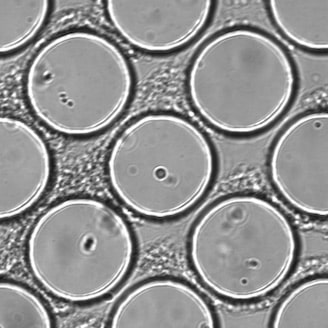
Bacterial dynamics
Bacterial communities and extracellular material associated with them can play a major role in determining element’s chemical speciation and its mobility in the environment. Thus, bacteria can be leveraged in environmental applications, for example, to remove pollutants or treat wastewater. Our lab use microfluidic experiments and numerical models to study how physical and chemical processes impact bacterial communities and their functions.
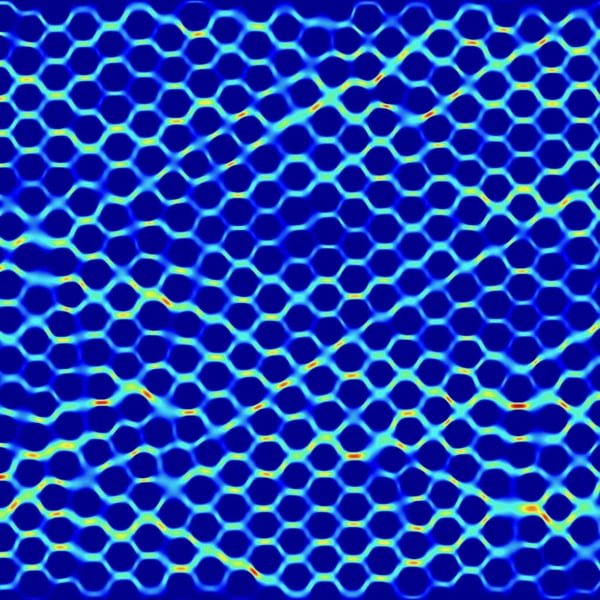
Fluid mixing and reactive fronts
Chemical reactions driven by fluid mixing, such as mineral precipitation and dissolution, contaminants degradation, among others; are important for a wide range of natural processes from the biosphere to natural and anthropogenic contamination of aquifers. The SBLab has developed expertise tools to create synthetic porous geometries to visualize, experimentally and theoretically, mixing processes and the kinetics associated to reactions involved in fluid-fluid, fluid-rock and bacterially induced reactions in heterogeneous porous media.
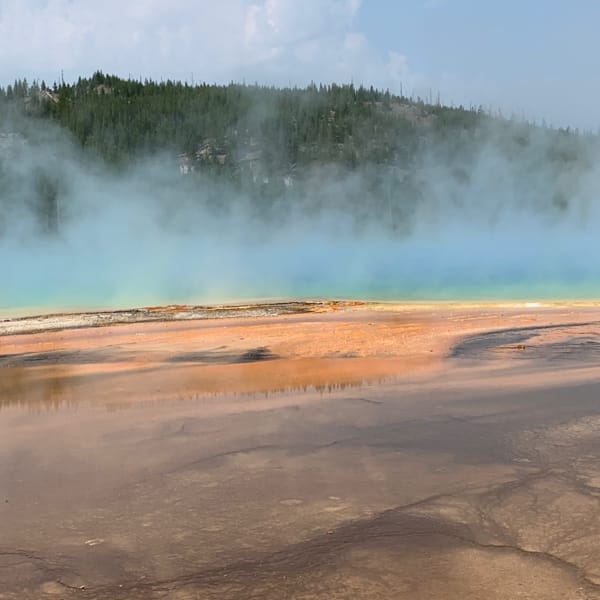
Environmental geochemistry
Arsenic groundwater contamination is a global threat due to its toxicity and carcinogenicity. Effective remediation of contaminated groundwater remains a critical task from the environmental perspective. In the SBLab, we test the efficacy of metal-organic frameworks, which are a new class of hybrid porous materials built from organic linkers and inorganic metal nodes, as a potential remediation technology for the removal of hazardous pollutants from groundwater, especially with regards to the arsenic species.
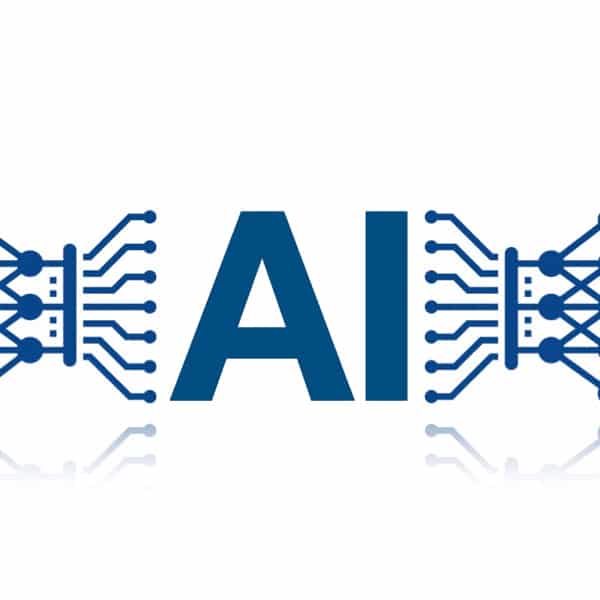
Artificial intelligence
Understanding and predicting chemical transport in subsurface systems is crucial for several environmental and industrial applications. Application of efficient algorithms is key to develop a mechanistic understanding of the transport features that govern in porous media. In the SBLab, we use of machine learning techniques and neural networks to provide a robust, and general, theory to explain anomalous (non-Fickian) chemical transport that improve the accuracy of traditional numerical models.
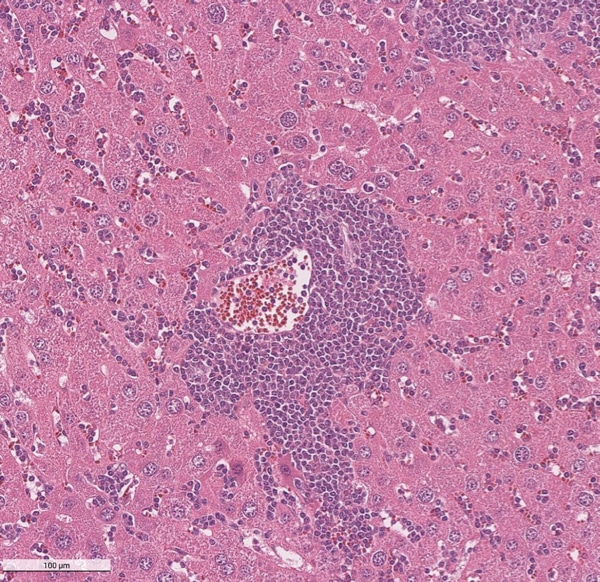
Drug delivery models
Developing mathematical and computational models that can correctly predict drug delivery and treatment, and providing new therapy strategies can help personalize patient’s treatment. The interdisciplinary work aims to evaluate different treatment strategies in cancer research. In the SBLab, we use numerical simulations to study the main factors know to reduce drug delivery efficacy in solid tumors as physiological obstacles, elevated interstitial fluid pressure, etc.
CONTACT
Lazaro J. Perez, Ph.D.
Lab Director
Lazaro.Perez@dri.edu
LAB LOCATION
Desert Research Institute
2215 Raggio Parkway
Reno, NV 89512
DIVISION
Hydrologic Sciences